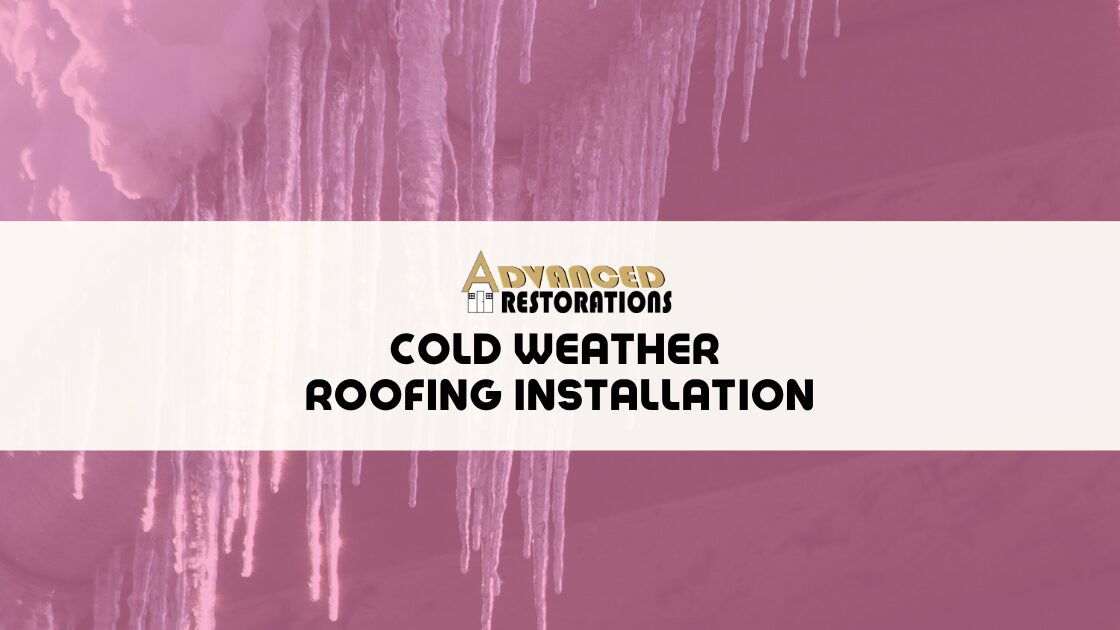
Cold Weather Roofing Installation
We’re quickly finding ourselves amid Fall weather and despite how much we all want to avoid it, that means we’ll quickly be dealing with Winter and everything that comes with it. If you’re in a geographic area that doesn’t deal with temperatures below 50 degrees, this doesn’t change much for your process but if you live anywhere that dips lower, there are some items to consider.
Many people would assume that a new roof installation can’t be completed in Winter and will need to wait until Spring to be completed. While that’s certainly an option, some roofing systems are in such a state that waiting for warmer days will likely lead to further damages. With Owens Corning’s asphalt shingles, they recommend installing when temperatures will be at least 40 degrees but, understanding that this scenario will not always be possible, they have additional requirements your contractor should be following if installing on colder days.
An asphalt roofing system provides much of its protection from the shingles locking together after installation – most asphalt shingles have a “seal strip” that is a tarry material – after installation the roof is exposed to sunlight and warmth, causing that strip to adhere to the shingles below it. This seal carries from the very eave of the roofing system all the way up to the ridge line. Since we’re installing in weather that is not going to allow for a significant increase in temperature, we’ll have to manually help that sealing process.
Along all rake edges, asphalt shingles will be hand-sealed using four applications of asphalt roof cement – those four applications will be spaced about one inch apart and then hand pressed to confirm a proper seal. Following these simple steps will ensure your roofing system is installed properly and eligible for all material warranties provided from the manufacturer.
Outside of what the manufacturer recommends, there are other steps your roofing crew will take during the project – if snow is built up on the existing roofing system, they will take some time to clear that snow. Typically, their workday will start a little later in the morning to allow sunlight to help that process along and then, many crews employ a leaf blower to clear any remaining snow.
Also, as the new roofing materials are likely loaded on the roofing system already, they will normally spread out the bundles of new shingles in the sunlight to allow a bit more plasticity from the new material. In worst case scenarios, many crews will run a small space heater in a trailer and haul bundles of asphalt shingles from the trailer to the section of the roof they’re currently installing.
Since we’re dealing with colder temperatures, expect the process to add a bit of additional time to the overall installation. Our crews will want to keep warm as best they can so it may involve additional breaks to allow for that. With the later start times, we can also expect to see the workday ending a bit earlier as well – with less sunlight to work with, less hours can be devoted to the project. However, homeowners can rest assured they are receiving the same great roofing system in January that they would expect to receive in July.
If you’re concerned about having your roofing system replaced during the Winter months, contact Advanced Restorations today at (417) 229-0667 to schedule time with one of our quality Field Supervisors – they can help outline the extra steps that will be taken to have your home repaired properly, without waiting for Spring and beating any potential leaks that could develop in the meantime!
